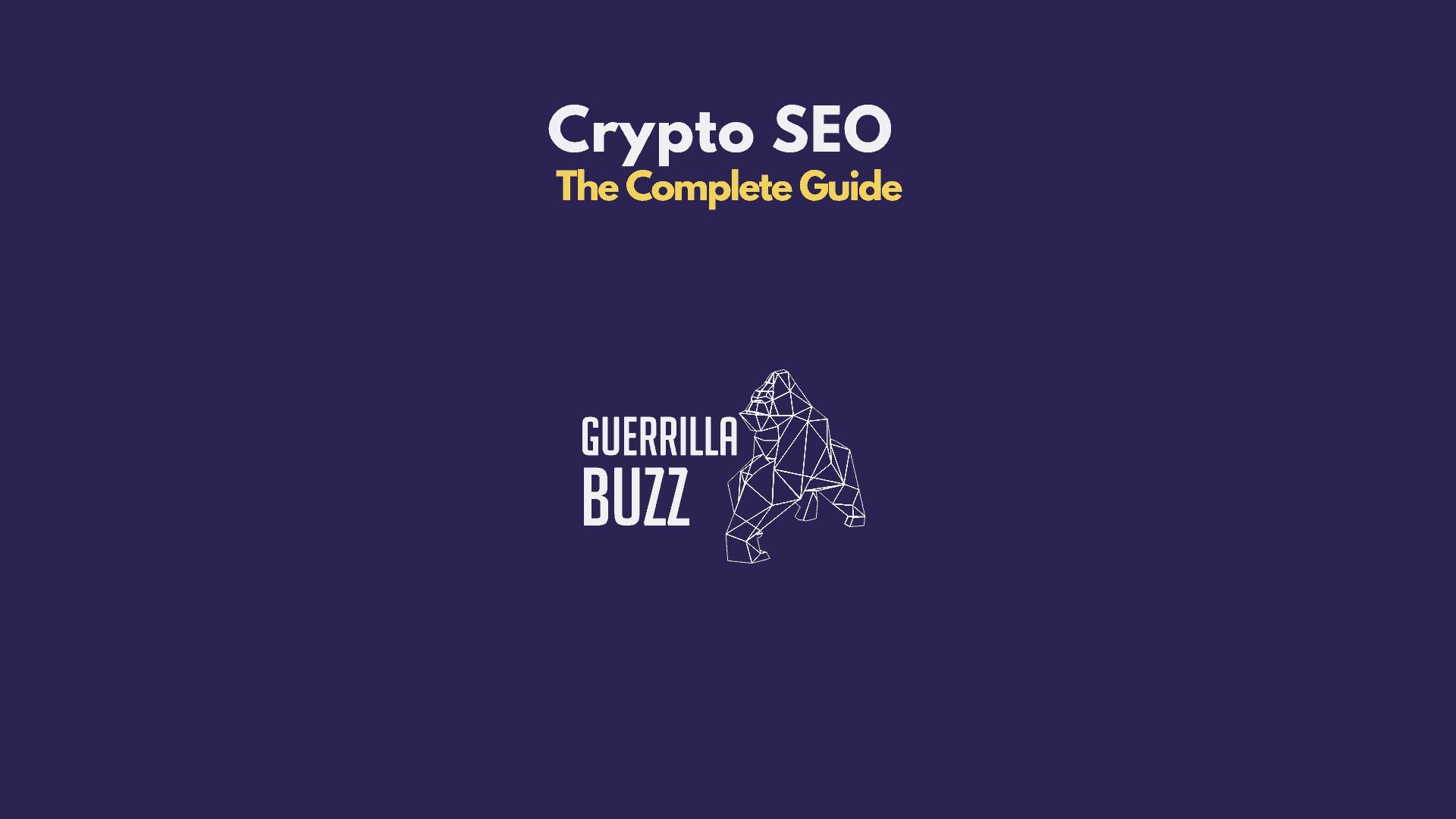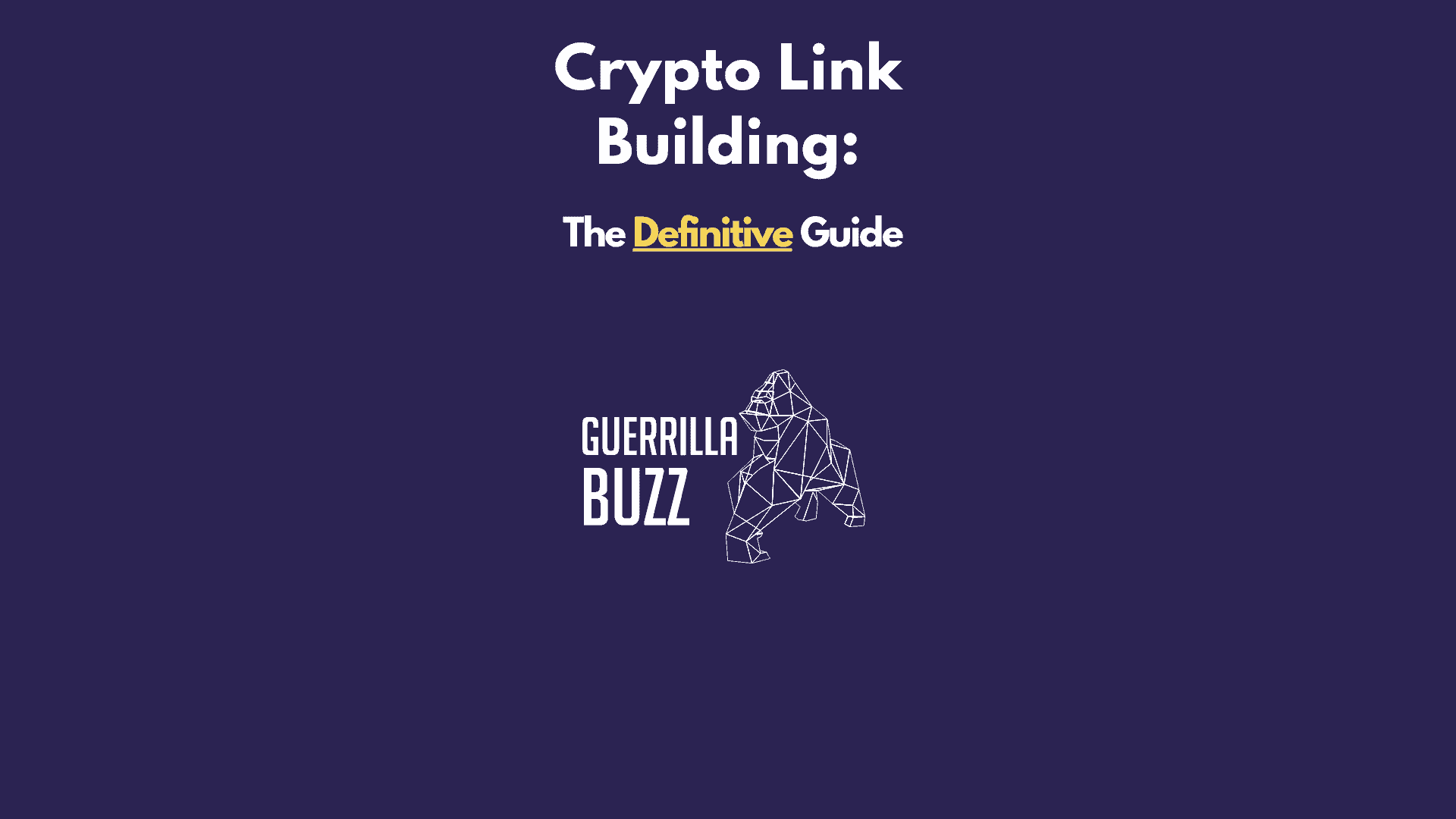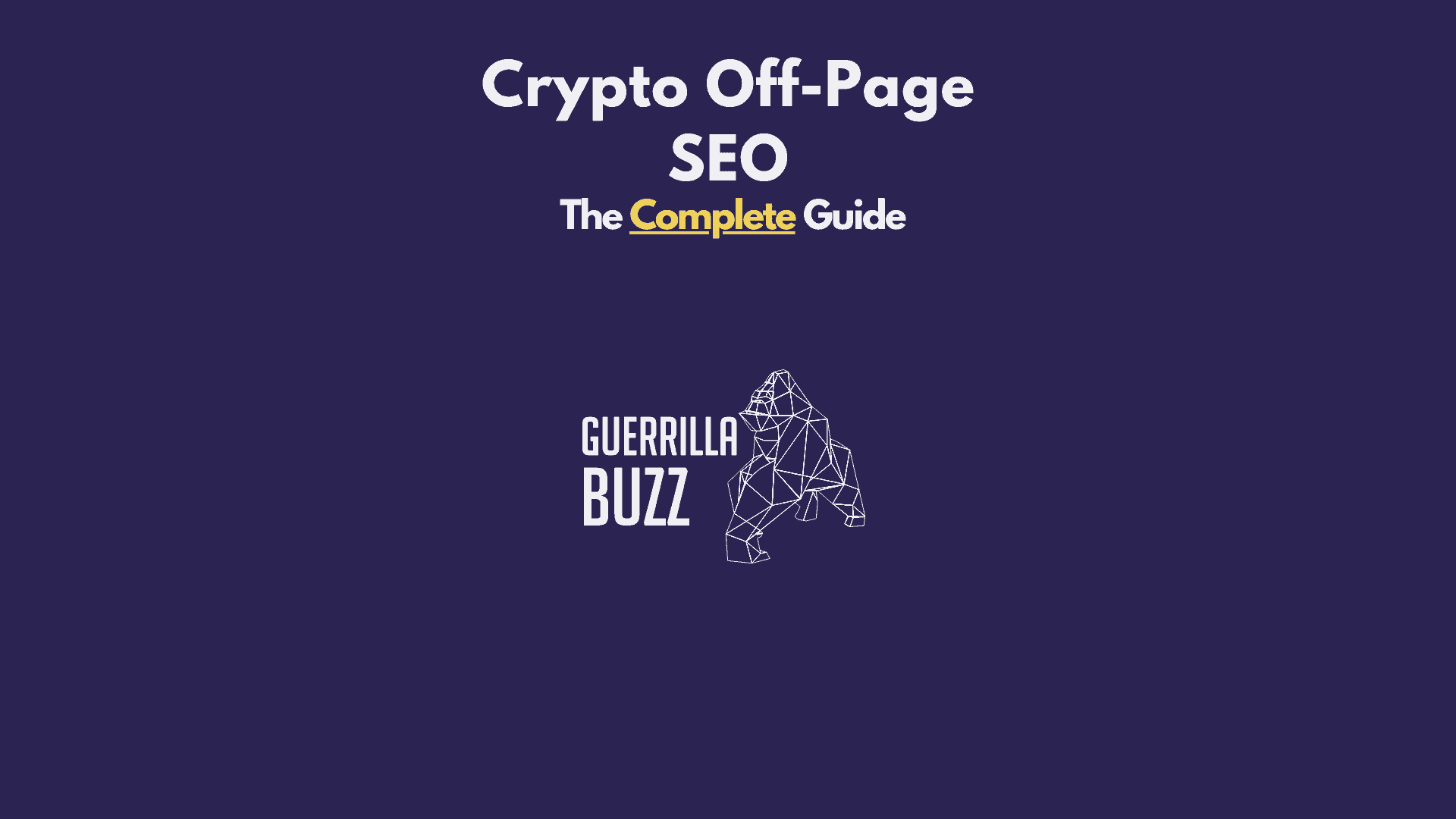Update: The article was published on August 18th in the morning (8 AM GMT). Since then, the favicons for Wikipedia and HPE have been restored. It’s unclear whether this signals that the issue is being addressed or if it’s just a temporary fix. We’ll continue to monitor the situation.
Key Takeaways:
- Favicons Missing on Major Sites: High-profile domains, including government and corporate websites, are missing favicons in Google search results.
- Trust Issues: Missing favicons hurt user trust and can drive traffic to competitors.
- Google’s Lack of Specific Alerts: While Google Search Console provides some monitoring tools, it doesn’t specifically notify webmasters about missing favicons, leading to potential unnoticed issues.
- Ad Credibility: Missing favicons in Google ads reduce click-through rates and waste ad spend.
- Urgent Need for Google Action: Google needs better tools and alerts to ensure favicons are consistently displayed.
Overview
Our recent research uncovered a significant issue: favicons—the small but crucial icons that appear in browser tabs and Google search results—are disappearing from some of the world’s most popular websites. A favicon is the tiny image you see next to a website’s name in your browser tab or search results; it’s a small but essential part of online branding.
Here’s an example of how favicons normally appear in search results:
And this is how it looks on the website itself:
We’re so used to seeing favicons that when they’re missing, it immediately looks suspicious. This isn’t just a minor inconvenience. With cyber threats and phishing attacks on the rise, a missing favicon can make even the most trusted sites seem untrustworthy. Users are more cautious than ever, and without that familiar icon, they’re likely to question the legitimacy of a site and move on to another result.
The impact? Potentially massive, affecting some of the internet’s most visited domains.
Below are a few examples of missing favicons in Google search results:
Example 1:
Example 2:
Example 3:
Here’s another significant example—this issue isn’t just affecting external sites; it’s also impacting Google’s own products:
Our analysis, based on extensive research involving thousands of different keywords on Google and reviewing the top 100 results for each, reveals that this problem is becoming increasingly widespread. Despite its scale, we believe this issue is not being properly addressed by Google. This can hurt businesses by lowering traffic and making users question the legitimacy of even well-known companies.
The Role of Favicons in Brand Trust and User Experience
Favicons, though small, play a crucial role in how users perceive and interact with websites. Their absence can lead to:
- Brand trust issues: Users expect to see familiar favicons alongside well-known websites. A missing favicon can create doubts about the site’s authenticity, making users hesitant to engage.
- Security concerns: Without a favicon, users might suspect that the site is a phishing attempt or an untrusted source, leading to concerns about security.
- Reduced engagement: The hesitation caused by a missing favicon can lead users to choose another search result, directly impacting website traffic and user engagement.
Major Domains Affected by Missing Favicons
This problem isn’t just affecting small, unknown websites; it’s hitting some of the biggest and most well-known sites across different industries. Some of the major sites affected include:
- Google Earth
- Call of Duty
- Skype
- New York State Government
- Mercedes-Benz USA
- BNP Paribas
- Subway
- PayPal
- Citigroup
- Stop & Shop
- ITA Airways
These are just a few examples, but the issue extends far beyond this list, affecting many other prominent domains.
For a deeper dive into the scope of this issue, we’ve compiled a detailed spreadsheet with a comprehensive list of some of the affected domains we’ve found:
Google’s Role and Lack of Communication with Webmasters
A major issue here is Google’s failure to keep website owners informed about favicon problems:
- No Notification System: Google doesn’t alert webmasters when their favicon is missing from search results, leaving them unaware. Without this knowledge, companies might go for extended periods with a missing favicon, which can weaken user trust.
- Limited Tools in Google Search Console: Google Search Console is a tool that helps website owners monitor and maintain their site’s presence in Google search results. However, it doesn’t offer easy options for adding or managing favicons. There’s no simple way to check if a favicon meets Google’s guidelines, and there are no alerts if something goes wrong. Because of this, favicons—despite being important—can be overlooked. If a favicon isn’t set up correctly or disappears due to a minor issue, website owners often don’t realize until it’s too late.
- Loss of Control Over Branding: Without specific alerts, companies might only discover a missing favicon after it’s caused issues. While fixes can sometimes be implemented quickly, the process may vary, and updates in Google’s index might not be immediate
The Impact on Google Ads: A Serious Problem
In Google search results, there are two types of listings: organic results and paid ads.
Organic results are the listings that appear naturally based on Google’s ranking algorithms, while paid ads are the sponsored links that businesses pay to display at the top or bottom of the search results page.
In the first image below, you can see an example where the favicon is missing from a paid ad, which can make the ad appear less trustworthy to users.
However, as shown in the second image, the favicon is present and displays correctly in the organic search result for the same company.
When favicons appear in organic search results but are missing from paid ads, it directly impacts a company’s bottom line:
- Less Trust: Missing favicons make ads seem less credible, leading users to click on competitors’ ads instead.
- Fewer Clicks: Users are less likely to click on ads without a favicon, resulting in lower click-through rates.
- Lost Revenue: Reduced clicks lead to wasted ad spend and lost revenue.
Google’s ad policies emphasize consistent branding, focusing on the correct use of business logos and names across the domain. While favicons play a crucial role, they are not explicitly addressed in these guidelines

A missing favicon in paid ads disrupts this consistency, making the ad appear less credible. This inconsistency can lead to reduced user trust and wasted ad spend. Google should improve its tools and provide clear notifications to ensure favicons are displayed correctly in both organic and paid search results.
Recommendations for Google
Given the critical role favicons play in brand trust and user engagement, Google needs to make immediate improvements. Here’s what I think Google should do:
- Simplify Favicon Guidelines: Google should make favicon guidelines clearer and more straightforward, ensuring that websites of all sizes can implement them correctly.
- Enhance Google Search Console: Google should add tools to Search Console that make it easier for webmasters to add, manage, and monitor favicons. This includes feedback on whether a favicon meets guidelines and alerts when there are issues.
- Implement a Notification System: Google should consider implementing a system to notify webmasters when a favicon is missing from search results, helping them address issues quickly before they impact traffic or brand perception.
- Ensure Consistency Across Ads and Organic Results: Google needs to ensure that favicons are consistently displayed in both paid ads and organic results, preventing potential losses due to branding inconsistencies.
These steps would empower businesses to maintain control over how they appear in search results, reducing the risk of lost revenue and damaged brand trust due to missing favicons.
Conclusion
Missing favicons on any website aren’t just a glitch—they weaken brand trust and user engagement. Google should simplify guidelines, improve Search Console, and communicate better with webmasters. Site owners need to monitor favicons closely to maintain their brand’s presence.
About the Author

Yuval is a savvy SEO and marketing expert with over a decade of experience. Specializing in the blockchain industry, he's the go-to guy for crypto companies looking to simplify their digital marketing strategies and achieve explosive growth. As a digital nomad and successful company builder, Yuval brings a fresh, creative perspective to every project he tackles.




